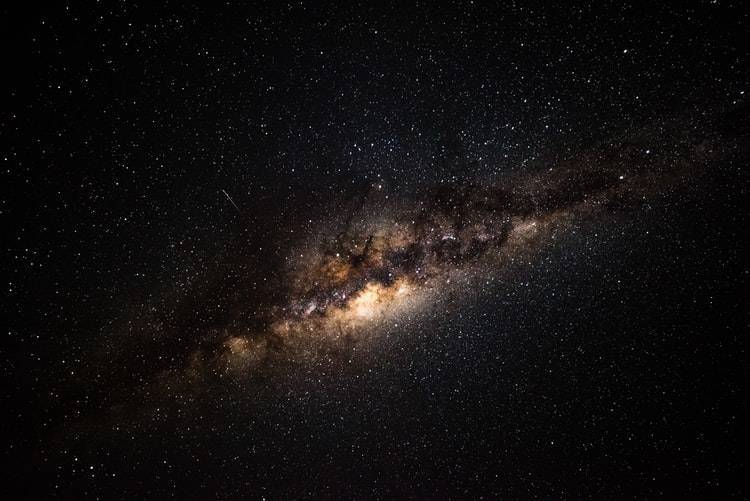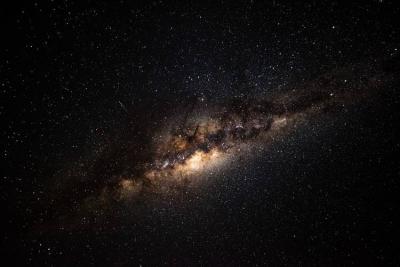A new study has shown that the solid iron core of the Earth has been growing faster on one side than the other for over 500 million years. Seismologists at the University of California, Berkeley, who were investigating this phenomenon, found that it grows faster beneath the Banda Sea in Indonesia compared to Brazil. However, this uneven growth pattern has not left the core unbalanced. Gravity has worked to distribute the new growth evenly, which consists of iron crystals forming as molten iron begins to cool, maintaining a spherical inner core.
The team indicated that although the core is not left unbalanced, the uneven growth rate suggests that something in the outer core beneath Indonesia is removing heat from the inner core at a faster rate than beneath Brazil on the opposite side of the planet. Researchers claim that this discovery has helped them "establish relatively loose boundaries" on the age of the inner core, estimated to be between half a billion and 1.5 billion years. This specific age range for the Earth's solid core may assist scientists in learning more about the magnetic field, which protects us from harmful solar radiation.
Barbara Romanowicz, a co-author of the study, stated, "It can help in the discussion on how the magnetic field was created before the solid inner core existed. We know that the magnetic field was already present 3 billion years ago, so other processes must have driven convection in the outer core at that time." The relatively young age of the inner core, during the early history of Earth, may imply that the heat from the molten center originated from light elements separating from iron, rather than from the crystallization of iron that we observe today.
Daniel Frost, a project assistant scientist, said, "The debate about the age of the inner core has lasted a long time. The complication is: if the inner core could only exist for 1.5 billion years, based on what we know about how it loses heat and how hot it is, where did the older magnetic field come from? This is where the idea of light dissolved elements freezing later came from." Frost explains that the asymmetric growth of the inner core, which grows at different rates on each side of the planet, addresses a mystery that has persisted for three decades.
The mystery lies in the fact that the crystallized iron in the core appears to be more likely aligned to the west than to the east of Earth's rotation axis. The team states that scientists expect the crystals to be oriented randomly instead of favoring one side of the planet over the other. To explain their observations, they created a computational model of the growth of the crystals in the inner core. Their model involved geodynamic growth, how materials deform and form on Earth, and the metallurgical physics of iron under high pressure and temperature.
The model shows that the western side appears different from the eastern side all the way to the center, not only in the upper part of the inner core as some have suggested. It describes how asymmetric growth—approximately 60% higher in the east than in the west—can preferentially direct the iron crystals along the rotation axis, with greater alignment in the west than in the east.
The Earth's interior consists of layers like onion slices, with the radius of the solid iron-nickel inner core measuring 745 miles, or about three-quarters the size of the Moon, surrounded by a liquid iron-nickel outer core approximately 1,500 miles thick. The outer core is encased in a layer of hot rock about 1,800 miles thick, topped by a thin, cool, rocky crust at the surface.
Convection occurs both in the outer core, which slowly boils as heat escapes from crystallized iron from the inner core, and in the mantle, where hotter rocks rise to carry this heat from the planet's center to the surface. The vigorous boiling motion in the outer core generates the Earth's magnetic field according to "RT."
According to Frost's computational model, as iron crystals grow, gravity redistributes the excess growth in the east toward the west within the inner core. They found that the movement of crystals in the inner core, near the melting point of iron, aligns the crystal lattice with Earth's rotation axis—resulting in more alignment toward the west than towards the east.
The model correctly predicts the researchers' new observations about the travel times of seismic waves through the inner core. Frost stated that the inner core growth model also provides boundaries for the nickel-to-iron ratio at the Earth's center. It also illustrates for geologists the viscosity of the inner core or its fluids. The results are slated to be presented in the journal Nature Geoscience.




